On July 3rd, 2024, I had the opportunity to once again visit Gail and Harold Williamson, to sit down and chat about Harold’s brother, Sgt. Bert Williamson; cine cameraman with the Canadian Army Film Unit during WWII.

Sgt. Bert Williamson, CFPU, behind the camera somewhere in Italy or Northern Europe. Photograph courtesy Harold Williamson.
The occasion was the visit of Harold’s nephew, John (Jack) Williamson, son of Sgt. Bert Williamson. From that interview, I have created a video of Jack’s recollections about his father, as he shares some of the family photos and stories with the camera.
ABOUT JACK WILLIAMSON; John (Jack) Harold Francis Williamson was born in Montreal, in 1947. He is a retired history teacher and Bert Williamson’s son and only child. Jack had a very short stint in the Canadian Grenadier Guards and has a very deep appreciation for our Vets and their service to Canada. During his teaching career he often wondered if the films about World War II that he showed his students included footage shot by his father. They did.
(I encourage viewers who watch the video interview to leave comments below.)
As a special treat, I brought along an ‘old friend‘ with me to the interview that is no stranger to the Canadian Army Film Unit; a vintage 1943 35mm Bell & Howell Eyemo motion picture camera linked by serial number to the inventory stores of the Canadian Army Film Unit during WWII.
Following the sit down interview with Harold and Jack Williamson, I decided to let the video camera run as I brought out the vintage 1943 Eyemo camera. The following video is an impromptu record of the Eyemo ‘show and tell‘.
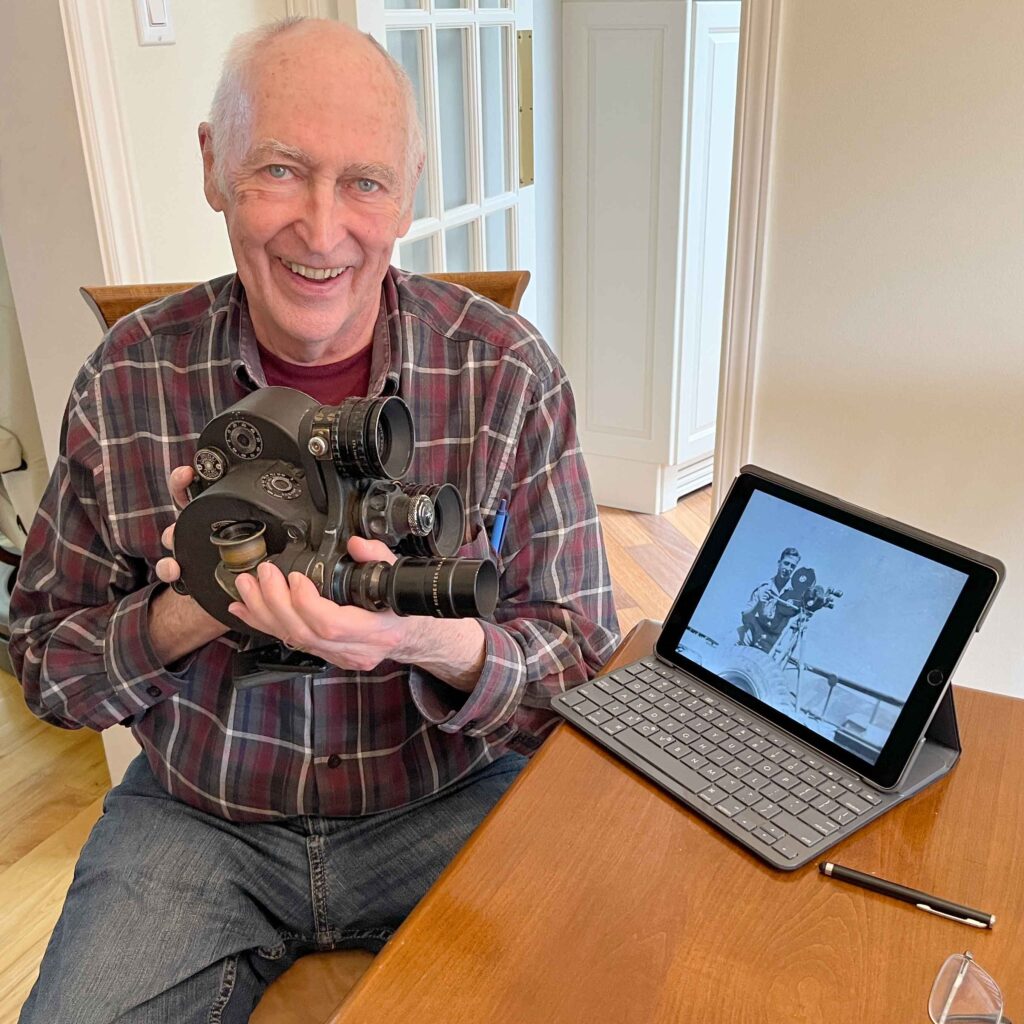
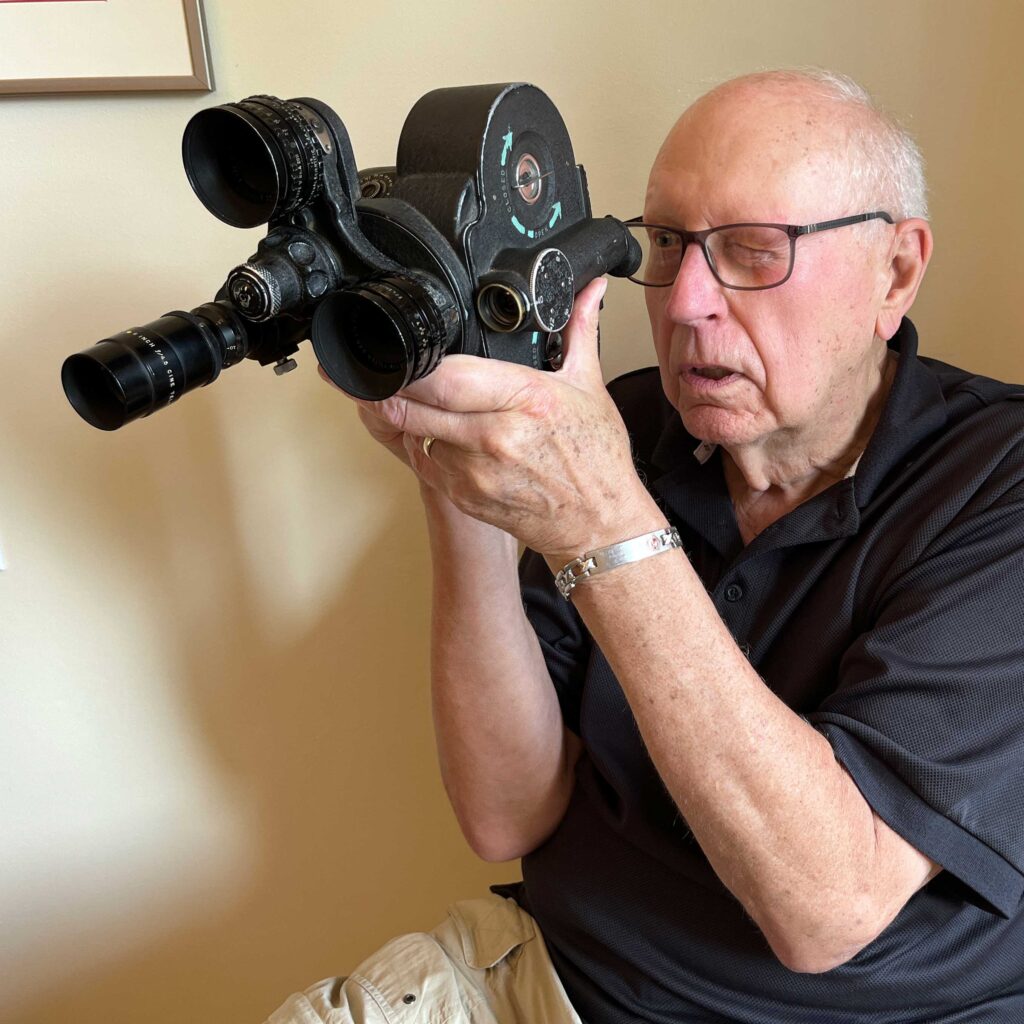
ABOVE: Jack (left) and Harold (right) pose for the camera holding a vintage 1943 Canadian Army Film Unit motion picture camera, dubbed, ‘Camera 47‘.
To learn more about the B&H Eyemo camera please watch the following demo video (silent), that I created for the 2022 Image Tech Milfoto Meet and Greet in Ottawa…
ABOUT BERT WILLIAMSON (Courtesy Harold Williamson) :
“Sgt. Bertram (Bert) Wellesley Williamson was born in Montreal, Quebec in 1912, to Arthur Harold Williamson Sr. and Ethel Irene May Hunter. Both his mother and father were primarily of Scottish pioneer stock. The Williamson’s arrived from Scotland via County Monaghan Ireland in the early 1840s. The Hunters arrived from Scotland (Clackmannanshire,) sometime in the 1830s. Ethel’s Great grandfather John Hunter (b.1836-1897) was born in Huntingdon, CE (Canada East) and her father, David John Hunter (1878-1951) was born in St. Albans, Vt., USA. Ethel was born in Montreal.
Bert had a sister, Thelma, two years his junior and a younger brother, Arthur Harold Williamson Jr., 25 years his junior. Bert’s mother died in the Spanish Influenza epidemic in 1919 at the age of 28. The extended family pitched in to help raise the two young children, Bert grew up partly in Montreal and partly in the town of Point Fortune, 84 km west of Montreal. The Quebec – Ontario border runs through the village.
As was the local practice, Bert and his sister went to high school in Montreal. They both attended Outremont High as there wasn’t high school in the village of Point Fortune. Bert lived with his Hunter grandparents while in Montreal and Thelma lived with her Williamson grandparents while in school. They would travel home to Point Fortune for the holidays and on weekends to be with their father and step mother.
Young Bert was fond of dogs, children, the Montreal Canadiens and his extended family. One of his cousins was the famed “Diamond King”, John Thorburn Williamson. He boxed as a young man and he seems to have dabbled in photography. Before the war Bert worked in Montreal for the Associated Screen News which apparently was why he was seconded from the infantry unit he had enlisted in. His civilian boss was instrumental in having Bert transferred to the CFPU where he was stationed.
He joined the Canadian armed forces at the beginning of World War II and served in the Canadian Film Unit in Sicily, Italy, Holland and Germany. He returned home in early 1946 and married Elizabeth (Betty) Catherine Francis of Fortune Bridge, Prince Edward Island. They had met early in the war years in Ottawa. He was in the army at that time and she worked in Munitions and Supply for the war effort as an office worker. During the War they corresponded while he was overseas.
A year later they had one son, John (Jack) Harold Francis Williamson. Bert and Betty bought a new house in Ville St. Laurent, a suburb of Montreal in 1950. Bert returned to work for the Associated Screen News as a purchasing agent. Many of their neighbours and friends were veterans.
Bert was described as a “gentleman”, kind, pleasant, and gentle and had a fine singing voice. His main hobby was photography and he had his own darkroom. He was a devoted and excellent dad and husband. Bert seldom spoke of the war. When he was asked by his seven year old son about his rose tattoo on his arm, he laughed and asked his son to promise never to get a tattoo.
Life was ideal and happy until June 1956 when Bert suddenly fell ill and was rushed to hospital. Within three weeks he passed away and now rests in St Andrew’s East Cemetery, Quebec, across the Ottawa River from his childhood home of Point Fortune. He was forty three year old. Many of his family believed that he was a delayed casualty of the War.”
ABOUT HAROLD WILLIAMSON; Harold Williamson – Brother of Sgt. Bert W. Williamson, of the Canadian Army Film & Photo Unit.
“Born in 1937, I was 25 years younger than Bert, he being old enough to be my father. Bert was born in 1912 and our sister in 1914. In 1919 their mother and an infant brother would die in the influenza epidemic. Later in life my father would remarry and I would be their only child.
The first few years of my life were spent solely with adults of my family and I only saw my grown brother and sister when holidays occurred or a weekend visit could be squeezed in, they both were working away from our home. In 1942 Bert shipped out, but I didn’t really grasp the meaning, maybe it was just to an army camp! Being so young, my concept of war was much like that of an animated board game. The only time I saw Bert in uniform was in photos we got before he left. We lived beside the #17 highway, where there were frequent passing convoys heading east, and I would often stand by the gate and wave to the troops, probably thinking that Bert might be aboard one of the trucks.
On the home front, the women in our household as in many others, spent their free time knitting as they sat visiting among themselves or if alone, perhaps tuned in to the radio and The Happy Gang! They turned out month after month, year after year until the conflict was over; scarves, mittens, gloves, sweaters, socks, balaclavas and dickies. Then there were the ration books with their stamps that you surrendered when a quantity of a limited item was purchased. And the tissue-thin ‘flimsies’ specifically designed to be used for air mail and to frustrate the user! Frequently my parents would set about purchasing items to be put into a ‘care’ parcel to be sent to Bert. An item of clothing-likely of the knitted variety, gum, cigarettes, candy bars, shaving items and whatever else might be of use. This was when I could scribble a note to my brother to say ‘Hello’ and ‘We miss you’. I remember the photos in newspapers and magazines of planes, ships or tanks with numbers or unit letters blanked out.
When the war ended, Bert returned home to a rejoicing, relieved, happy family. He married his fiancé and by the time I was 10, I was an uncle. Too soon, 9 years later, Bert fell ill and passed away in hospital before the cause could be found. Some believed that stresses of the war may have been the initial culprit.
A few years later when I was teaching history in secondary school I began to search for some thread to the past-some information about my brother. There was a void-I really knew very little about Bert, so I thought that perhaps I could at least learn something about him from his wartime records. There must be a file somewhere.
Finally, I was successful and with the help of a gentleman, Dale Gervais who is working to preserve the products and memories of the men who were in the CFPU during the war, a file was discovered with documents, photos and also a piece of film produced by Bert and his team taken in Italy during that campaign. I now have some answers as does his son and his grandsons. This all to help them know Bert better as a father and a grandfather.“
A special thank you to Harold, Gail, Jack and Margaret for reaching out and sharing memories of Sgt. Bert Williamson, so that visitors to the Canadian Army Film & Photo Unit website may learn more about the men and women who recorded Canada’s actions on film during WWII.
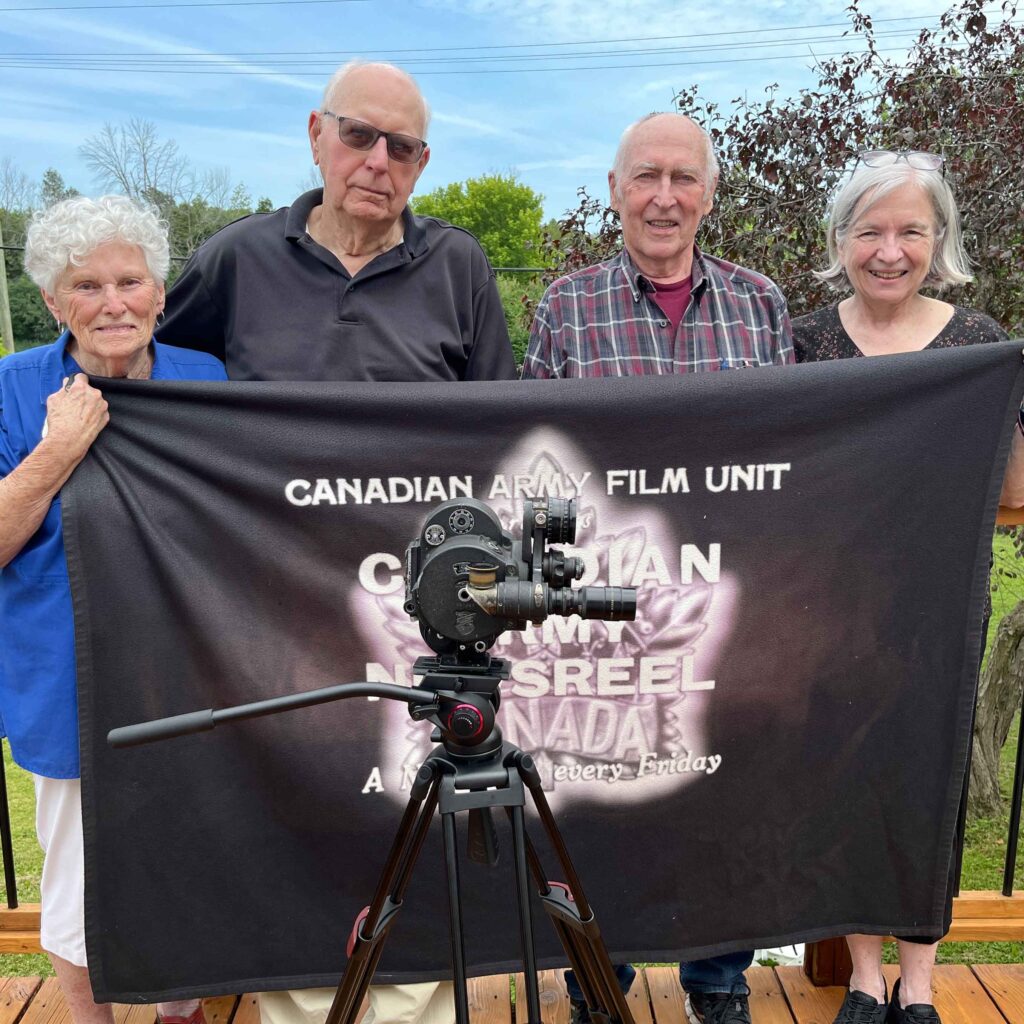
© Dale Gervais 2024
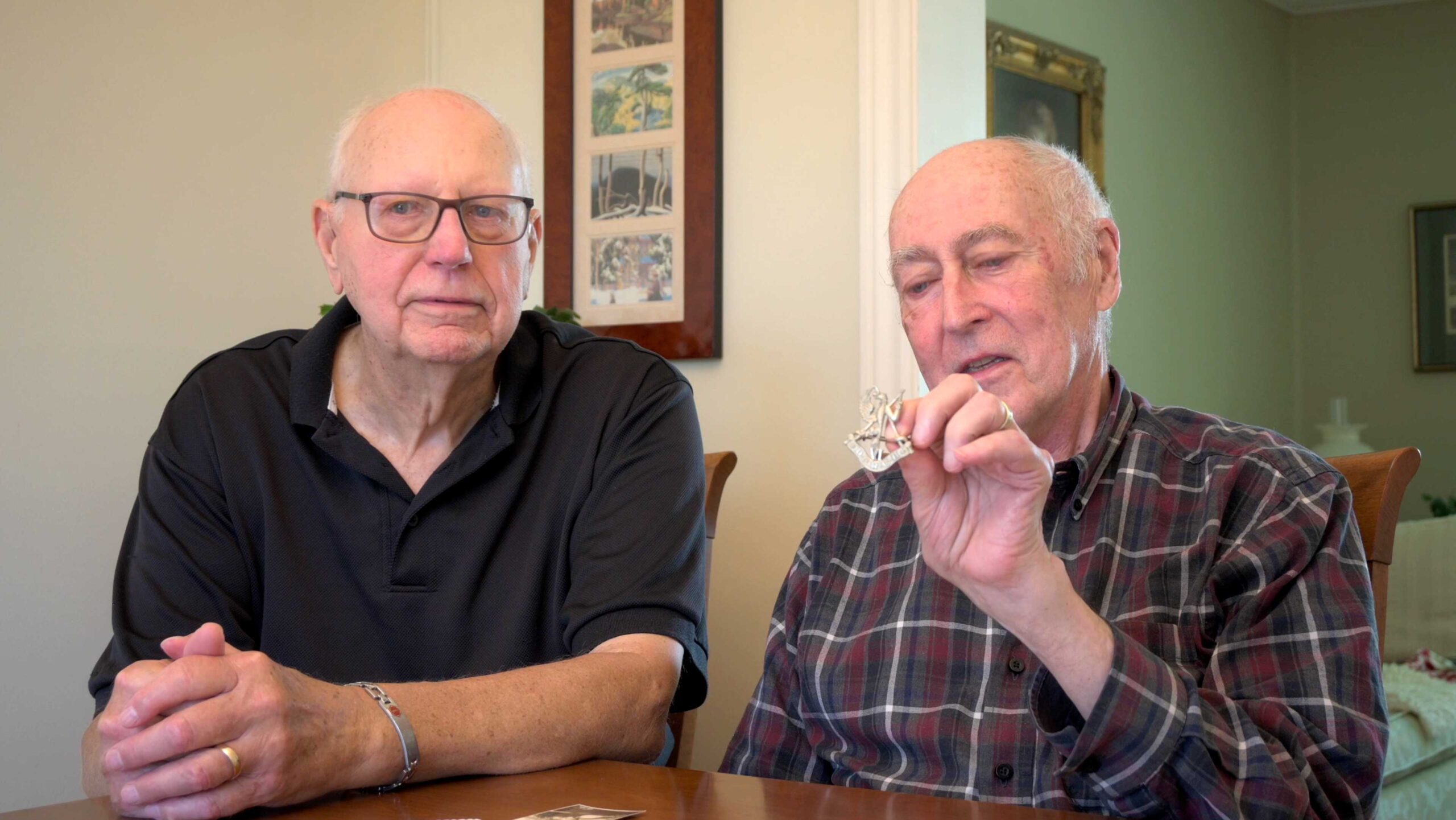
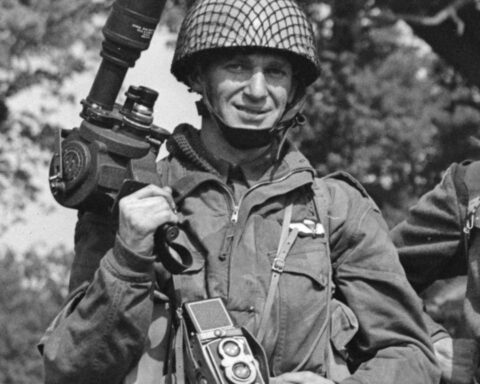
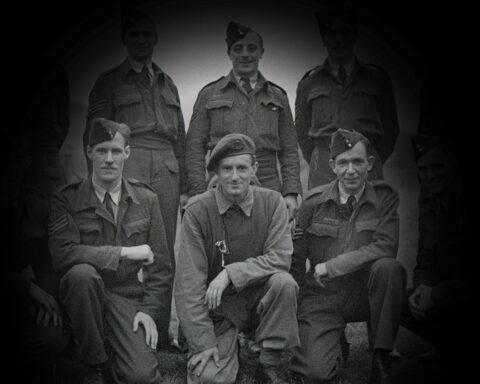
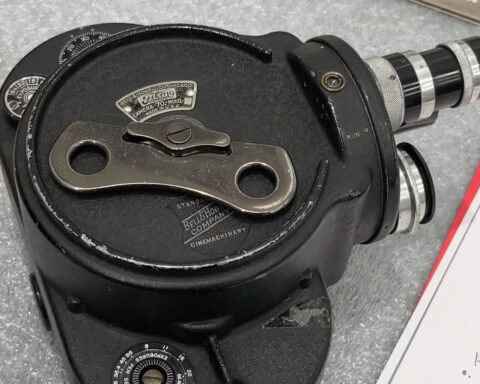








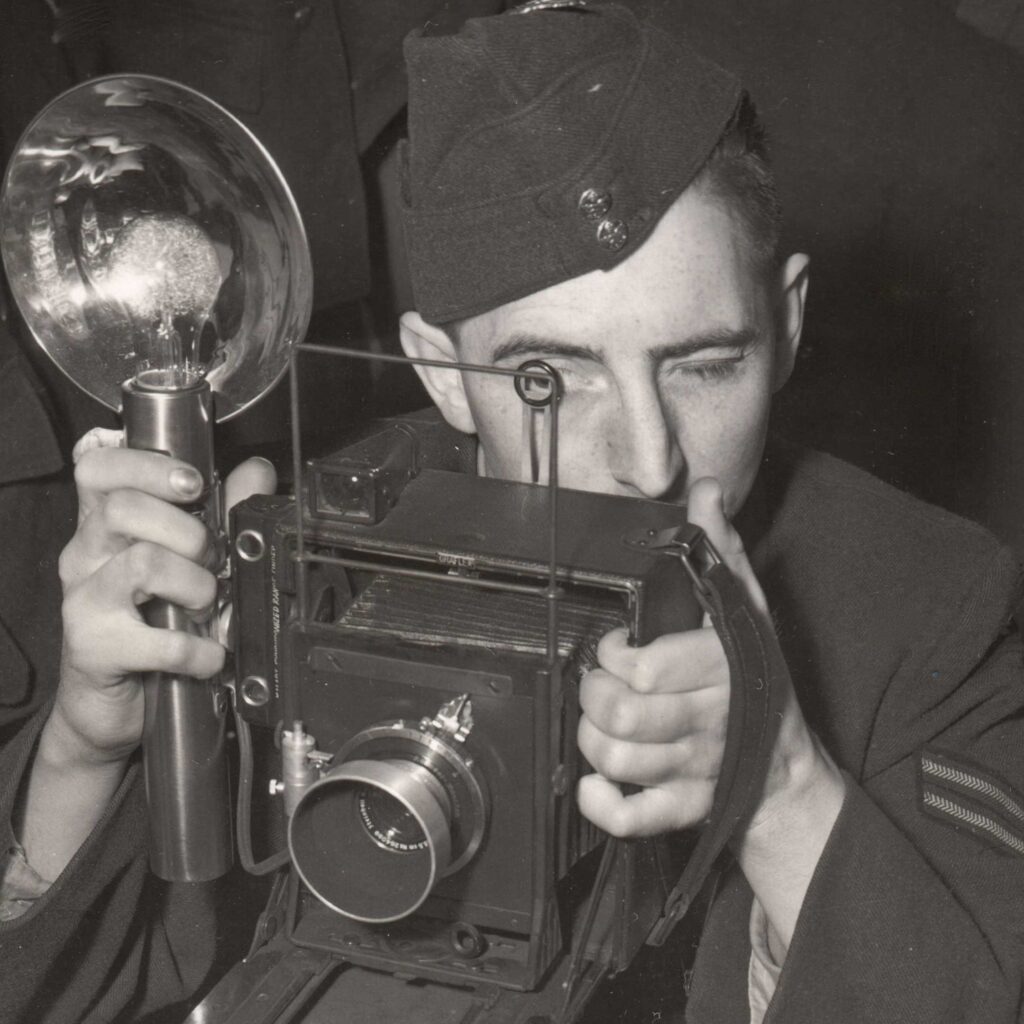


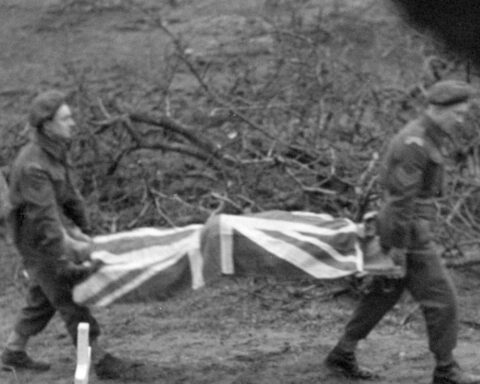
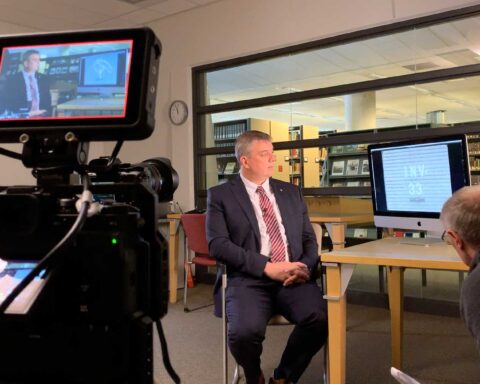

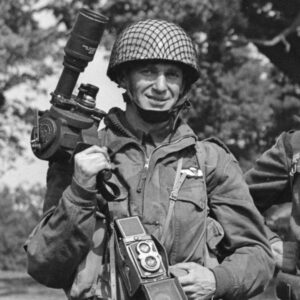
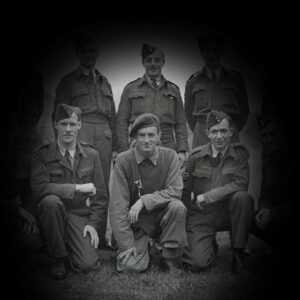
Mr. Gervais
With much interest when web searching for Roland ‘Rollie’ Reeves’ name, I came across your article which included some photos. I met and knew Rollie was he was stationed in Montreal (he then had an apartment in Cartierville). Myself and other boys knew him because he was our Venture Scout Leader (circa 1967 and 1968). At that time, we knew he was a keen photographer (if memory serves, he had an Exacta 35mm). If memory also serves, we even met his father once (somewhere in the Laurentians). Our group did many things with Rollie, especially in the outdoors. I well remember him patiently trying to teach us, in lighting a campfire, how to pick the very finest conifer twigs which could ignite with only a match.
When we advanced to Rover Scouts, we got a new Leader and somehow we lost contact with Rollie. I can’t recall if he was still in Montreal then or had been relocated. As Rollie is about 16 years older than me, if he is still alive, he’d be in this mid to late 80s. Might Rollie still be alive? If he has passed, do you know anything about the end of his career and life, and whether there is an obituary? I’m most interested in any information you might have. Thanks.
Regards,
Marshall Netherwood, Calgary, AB